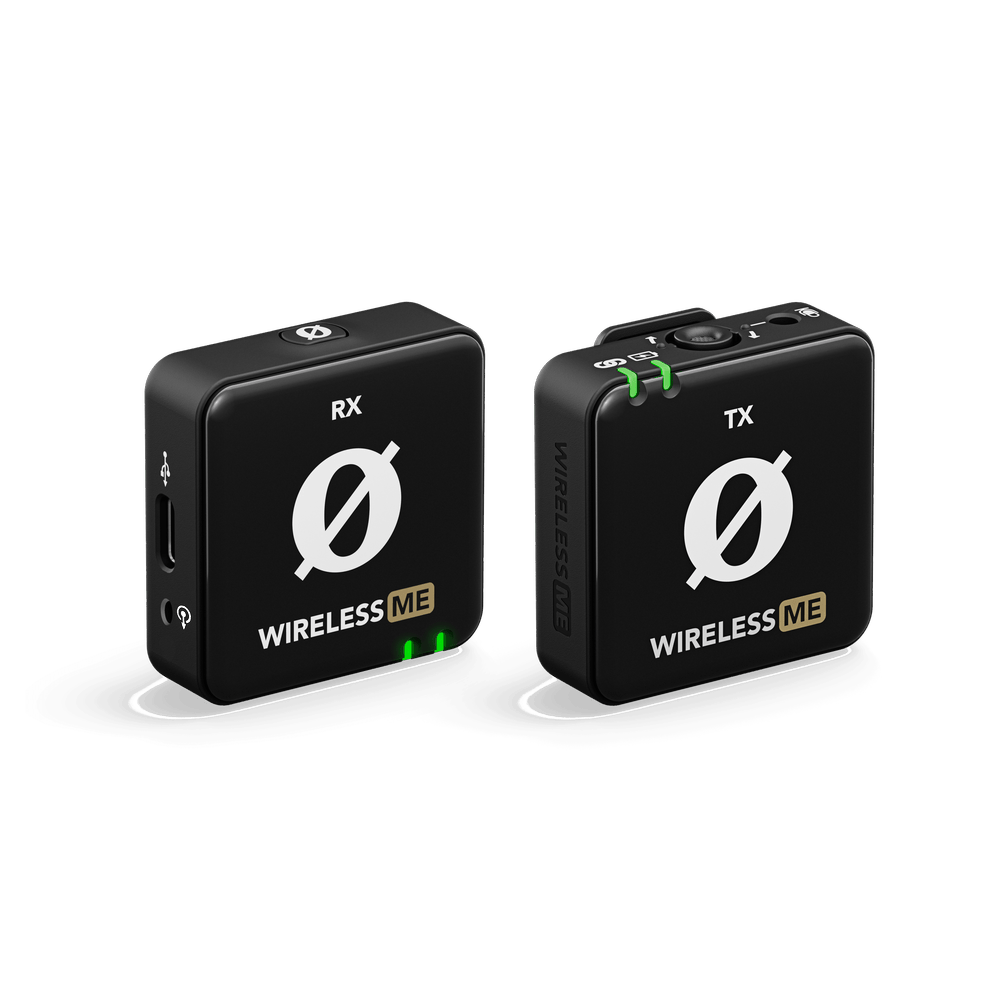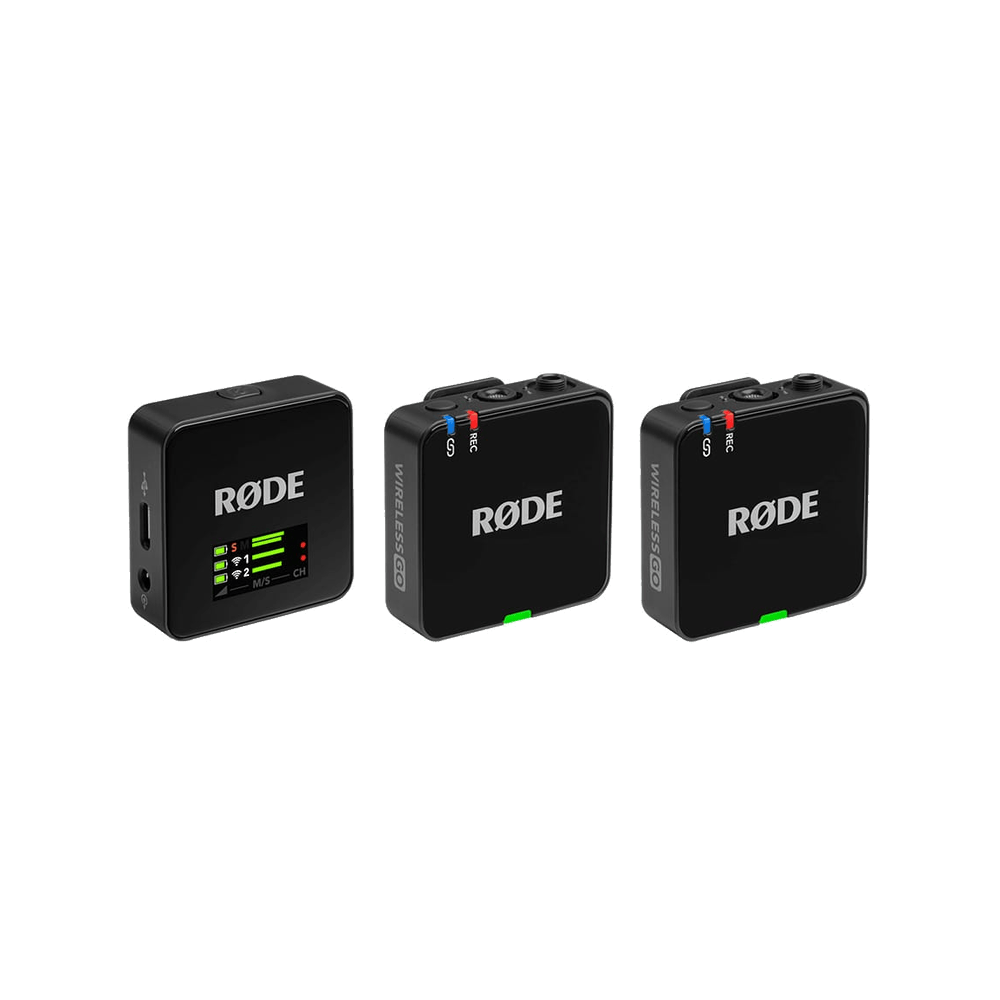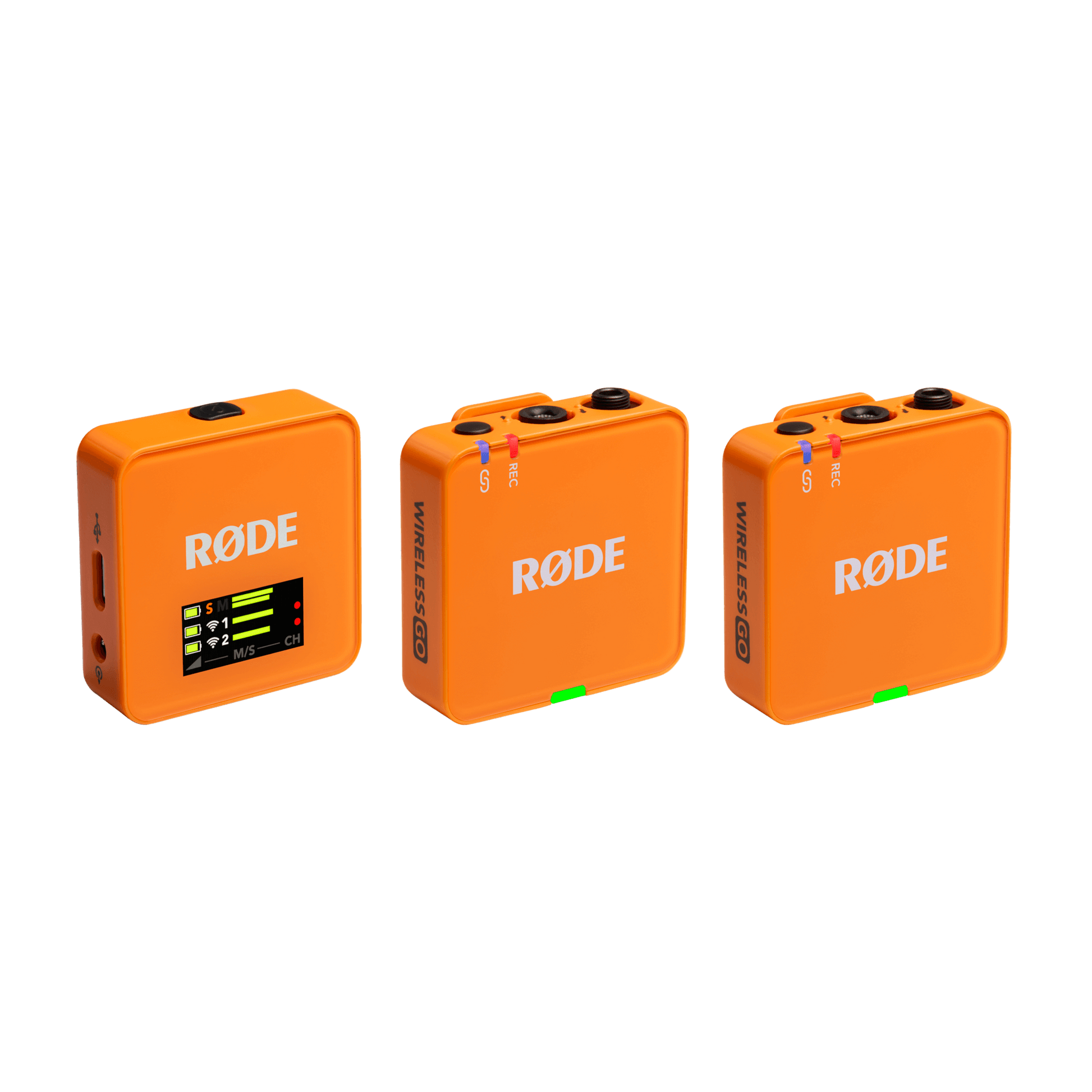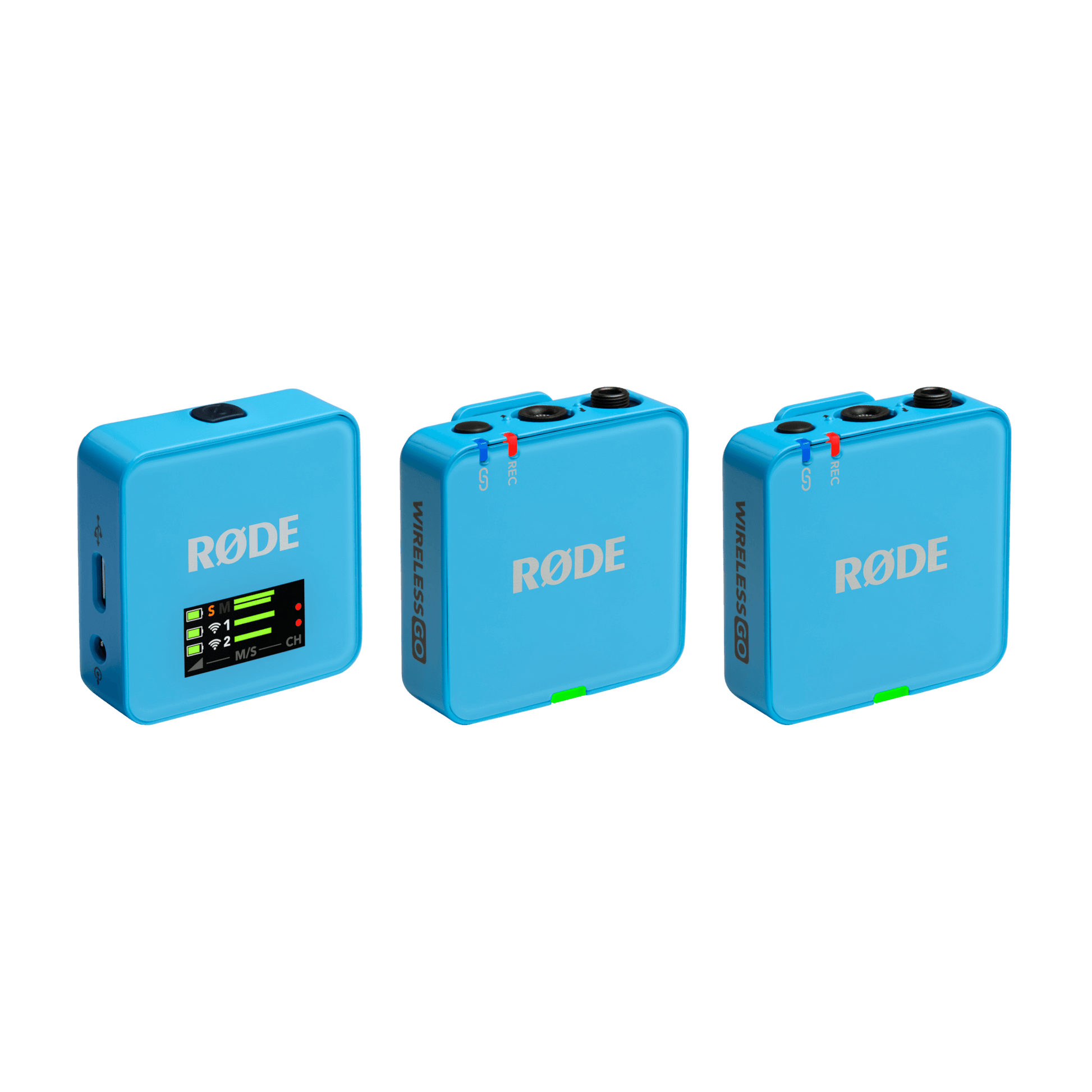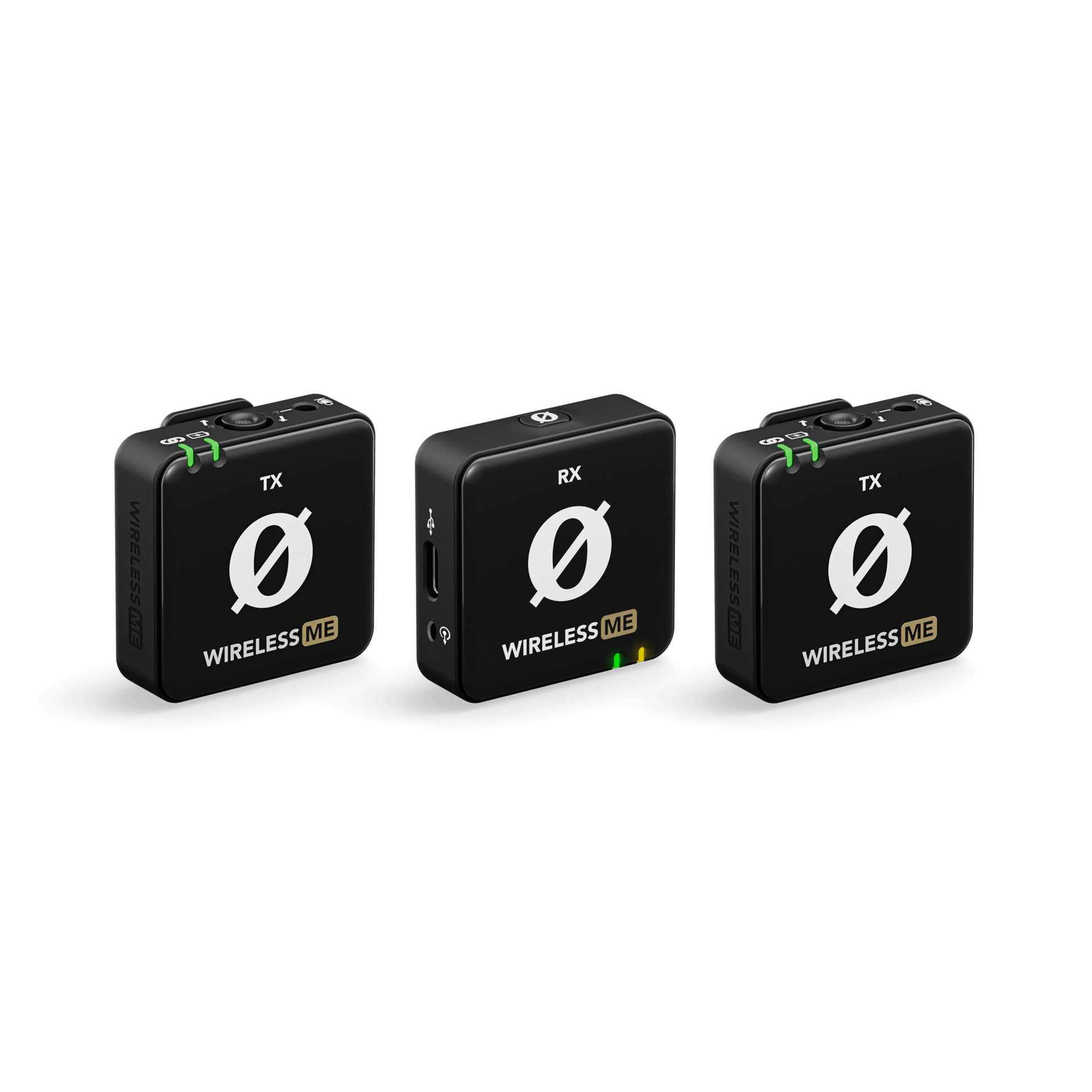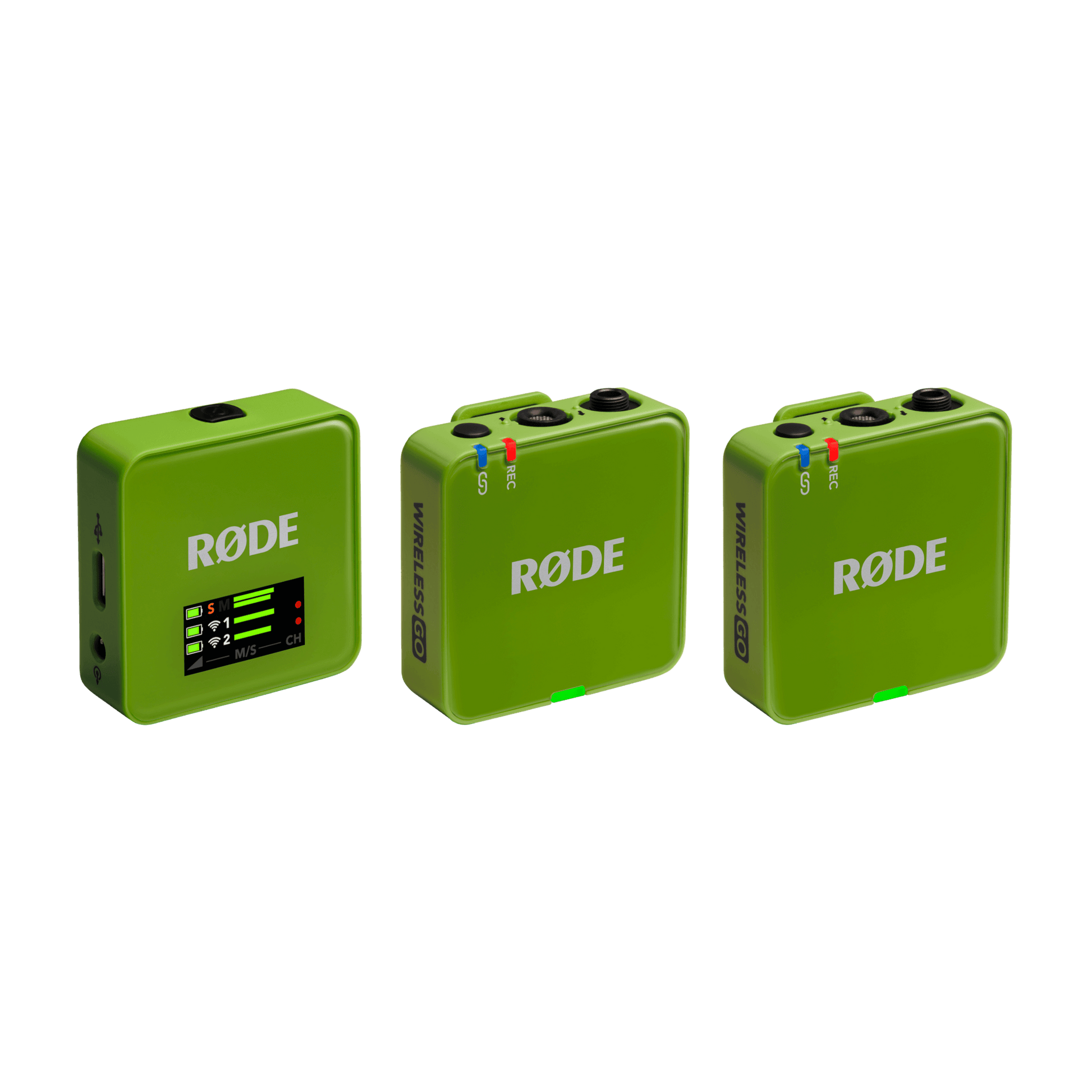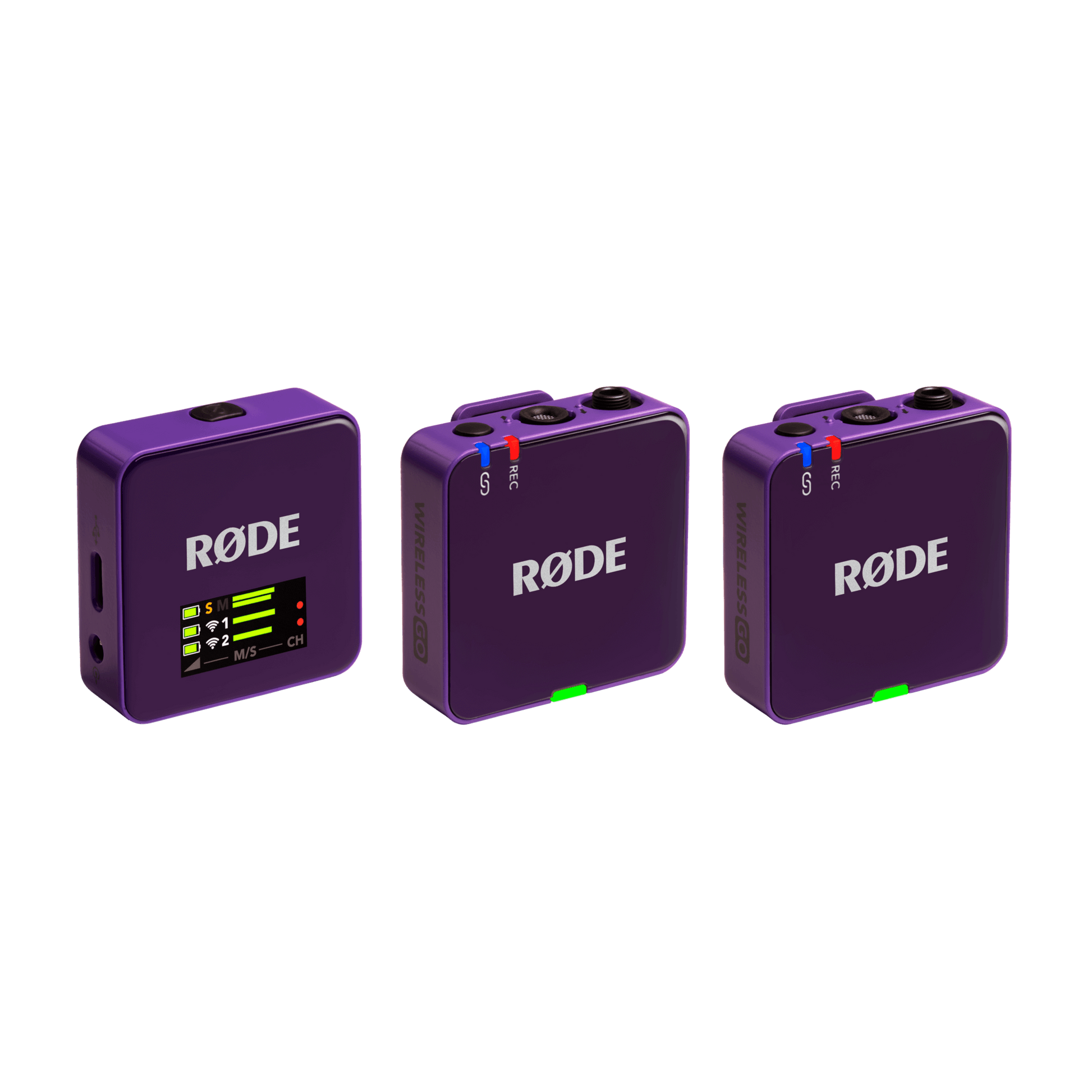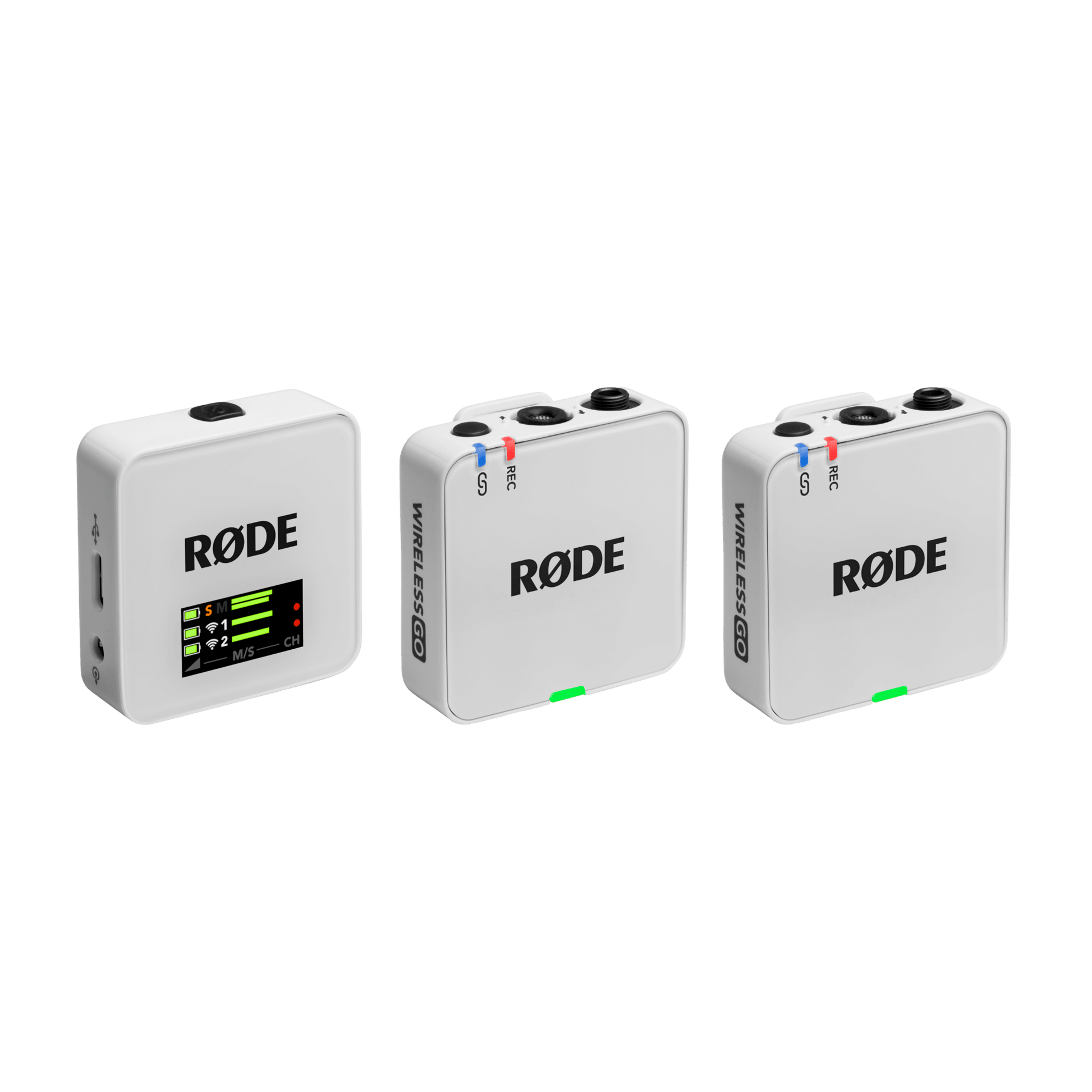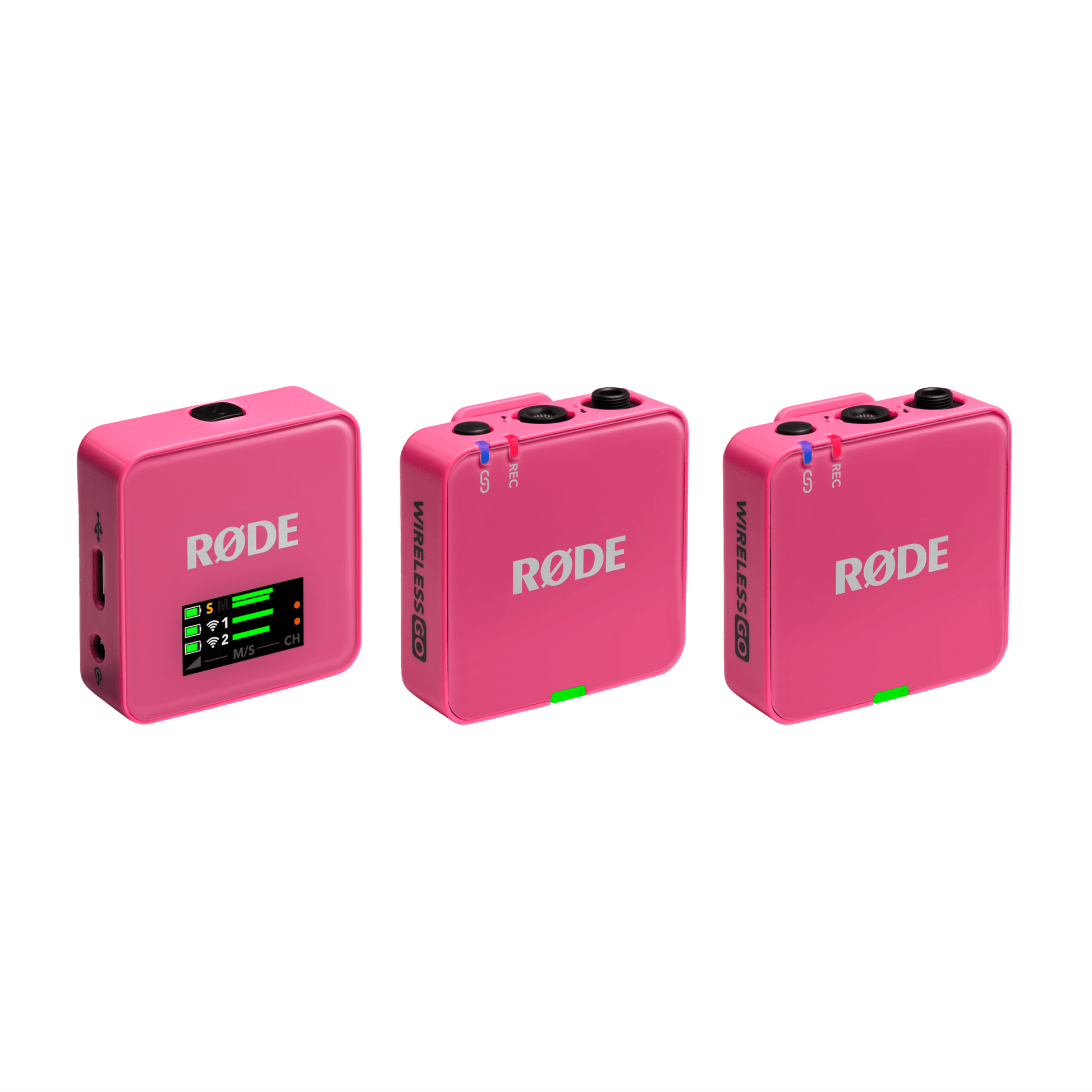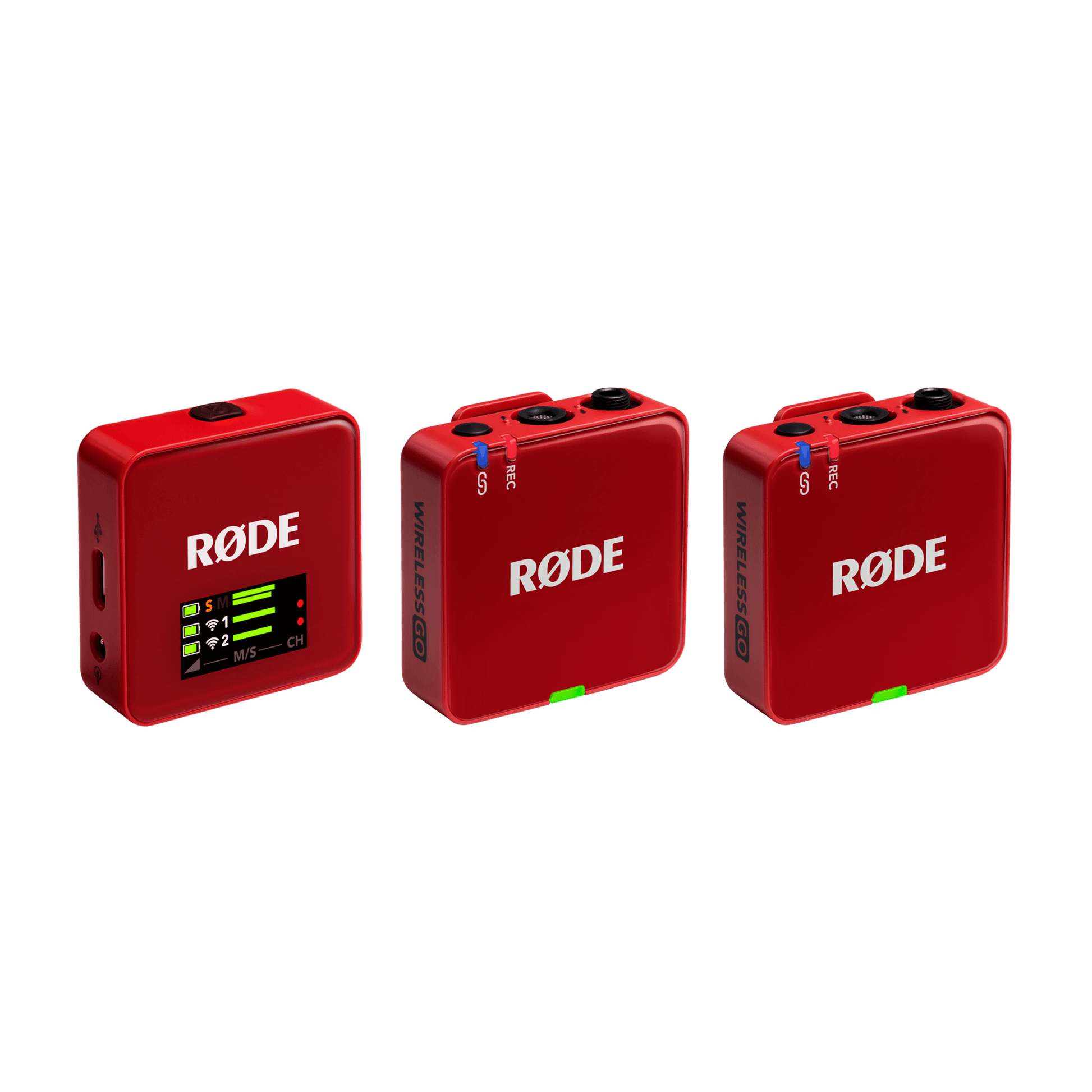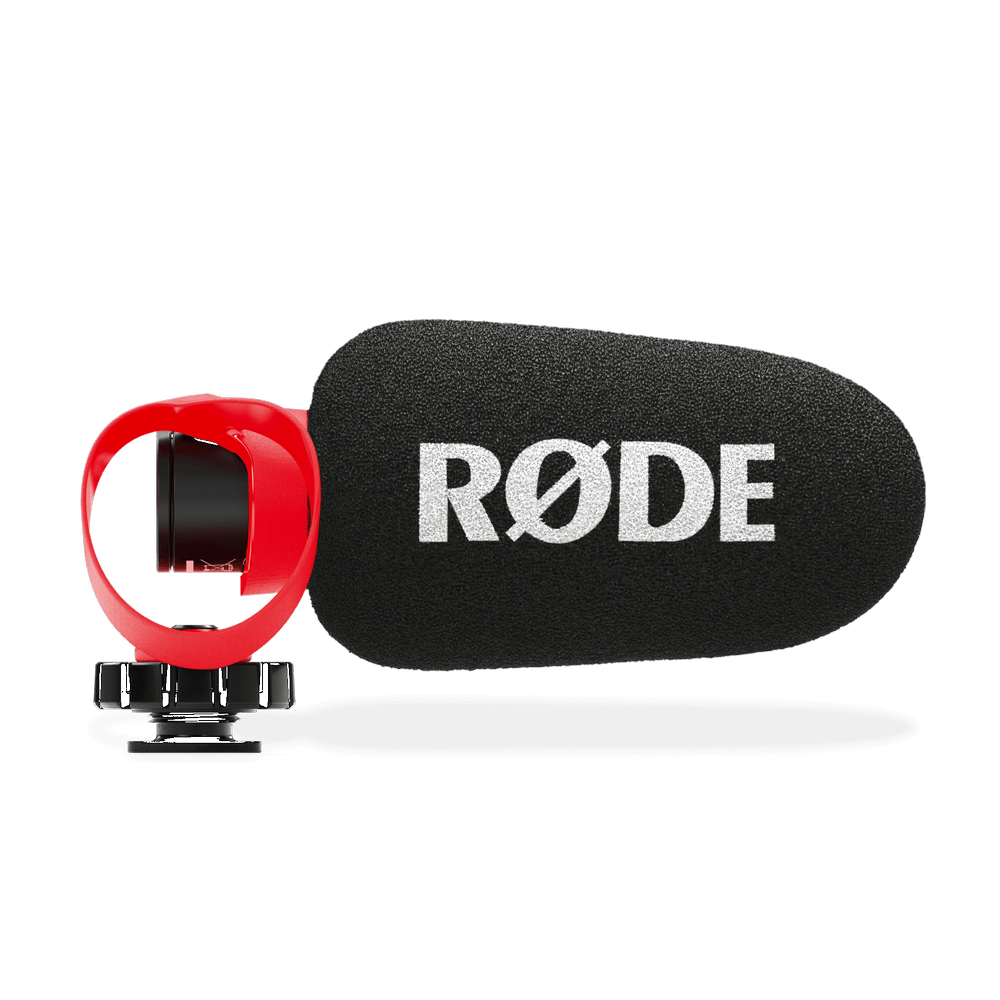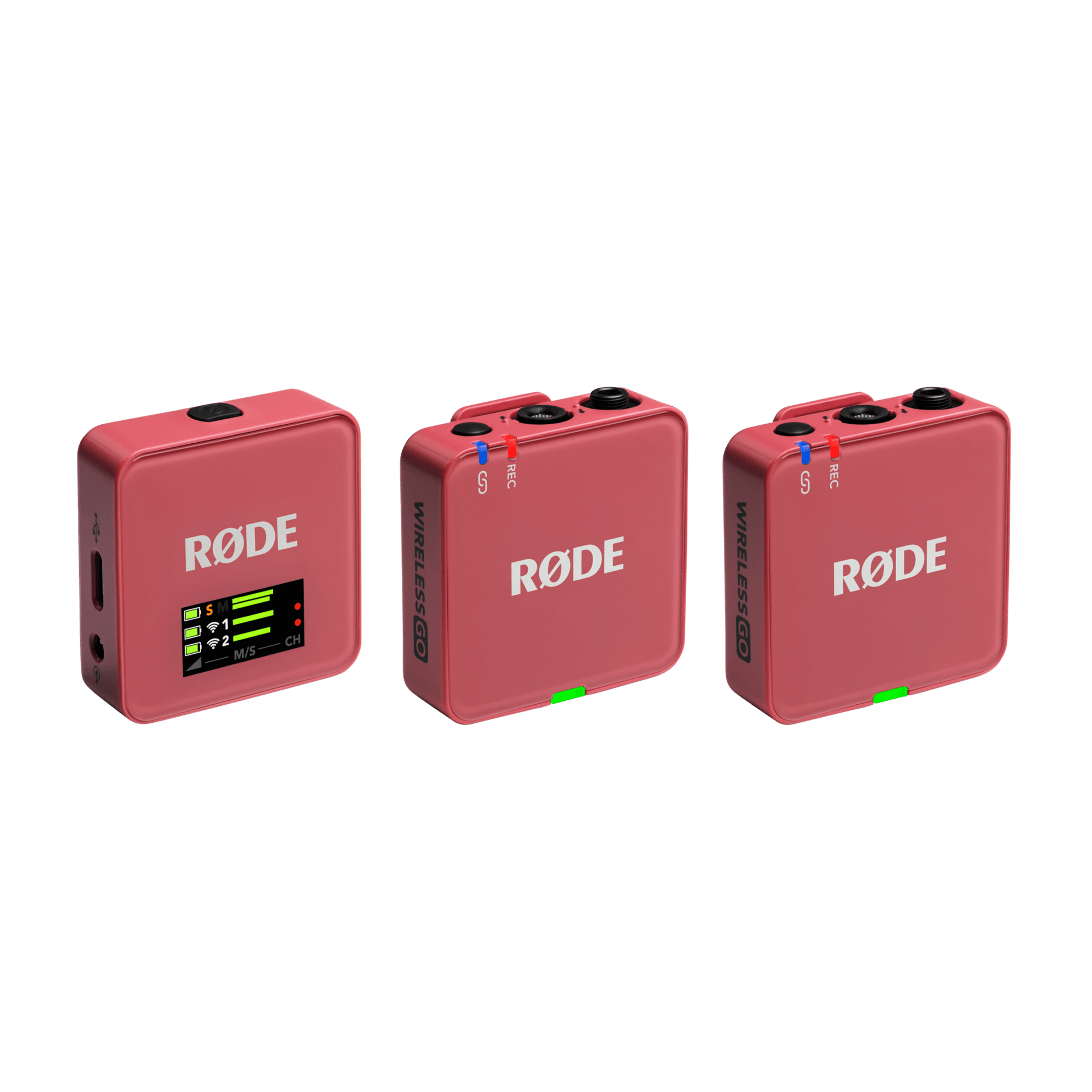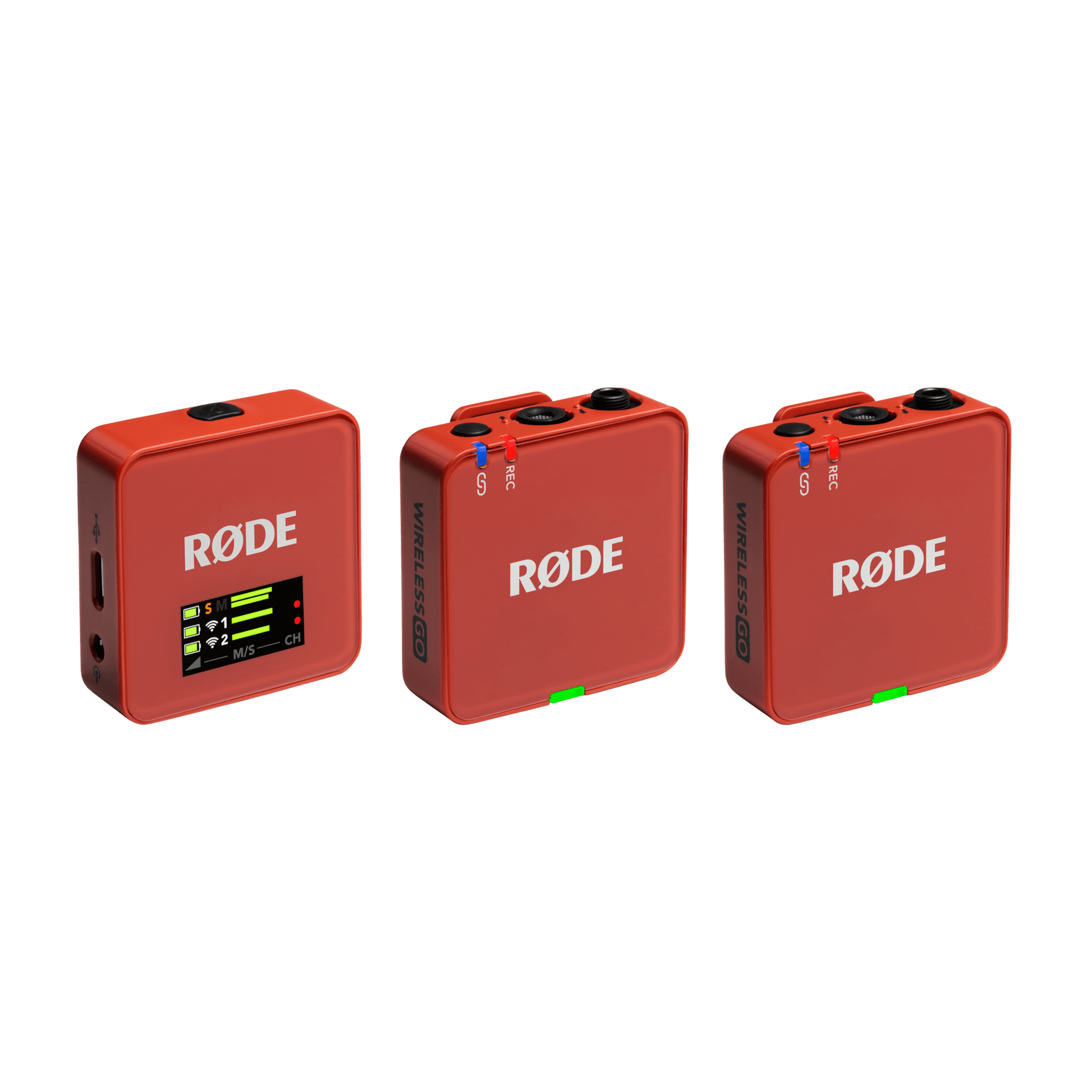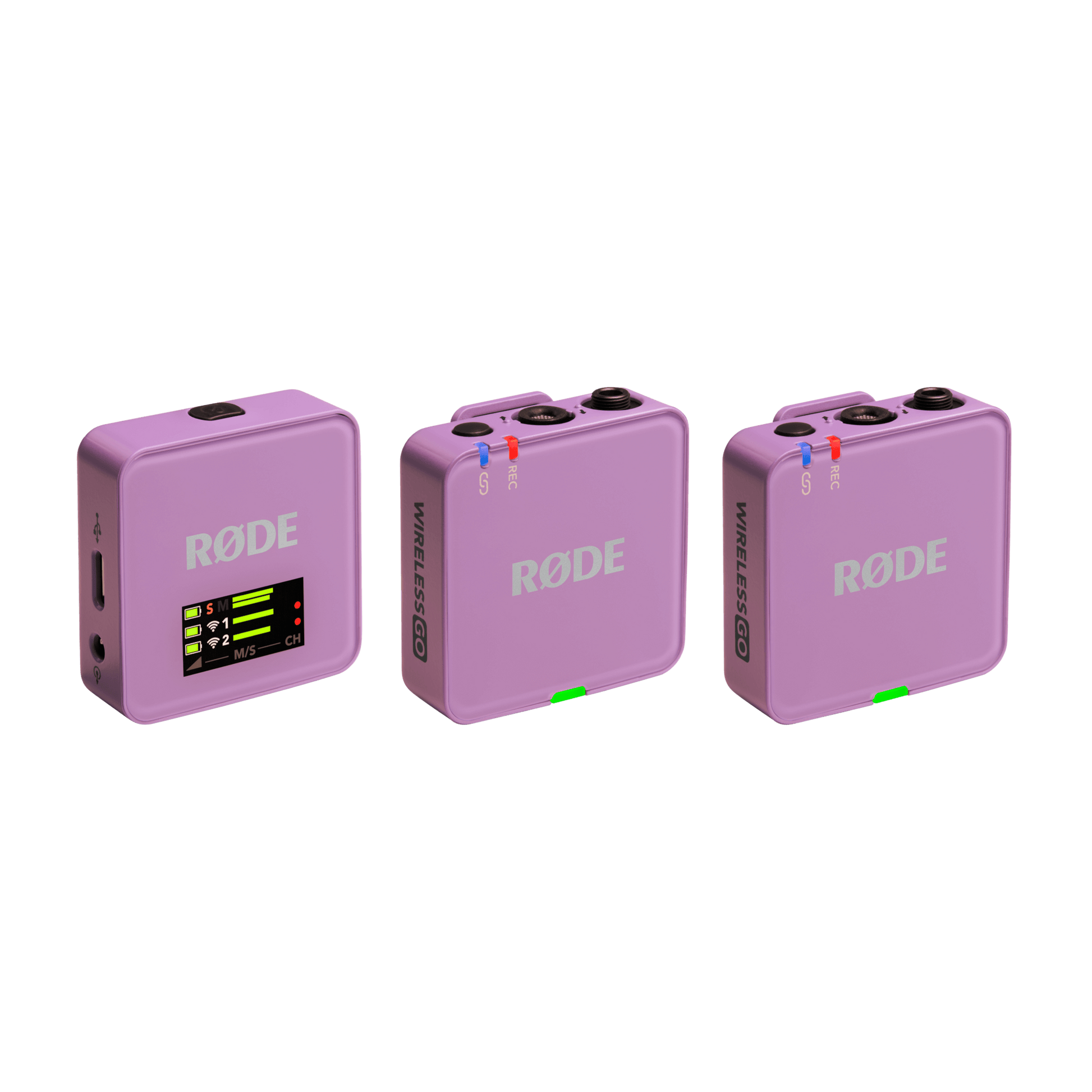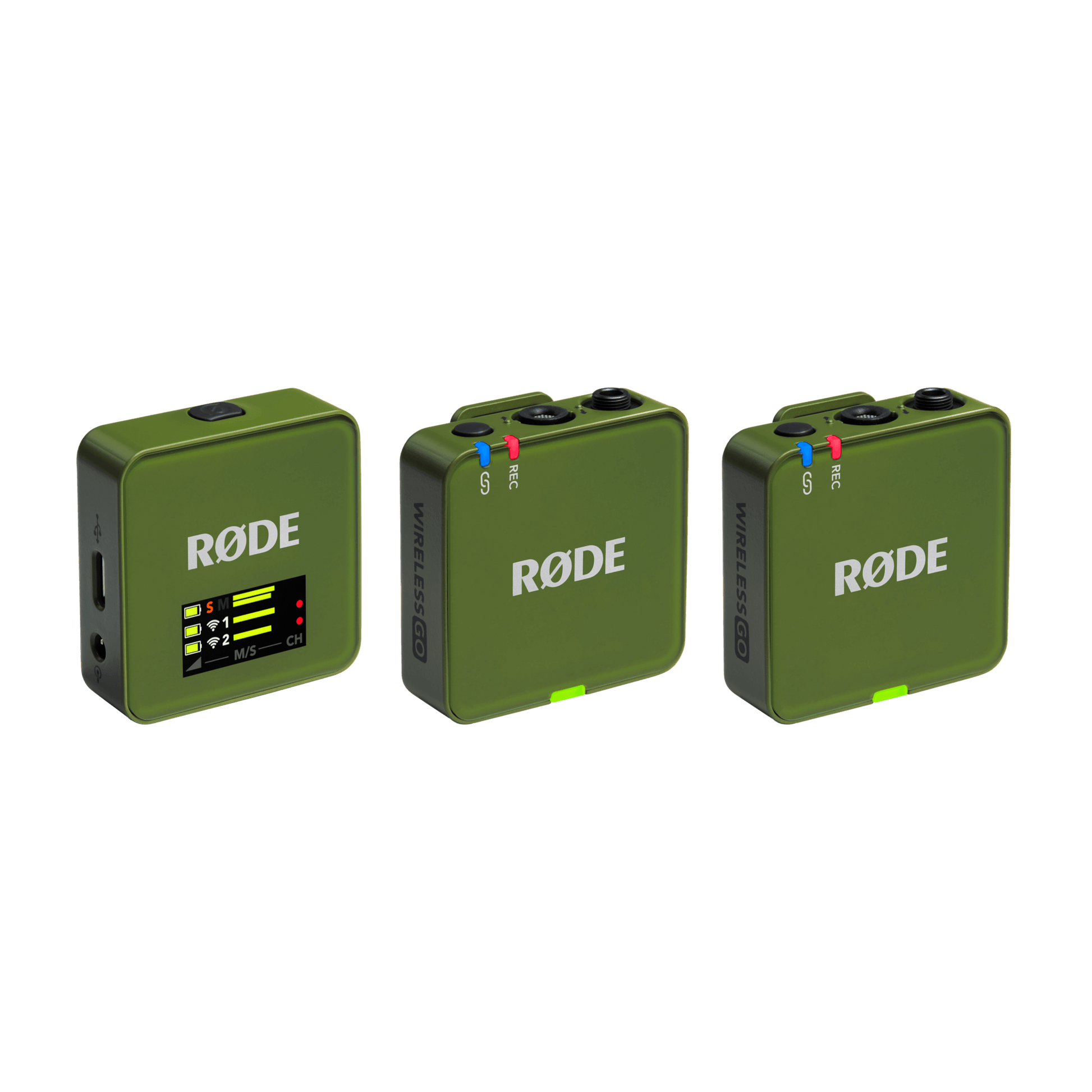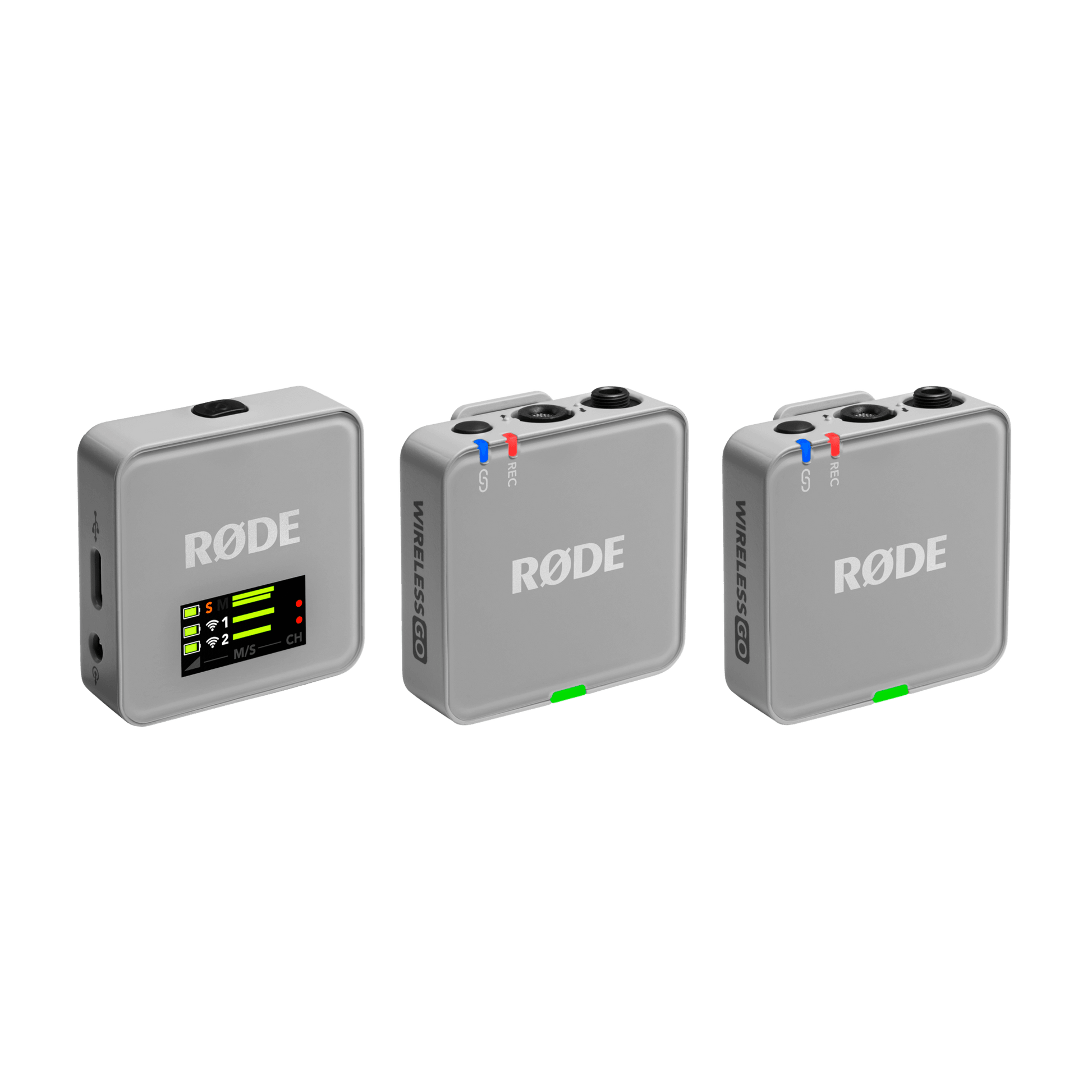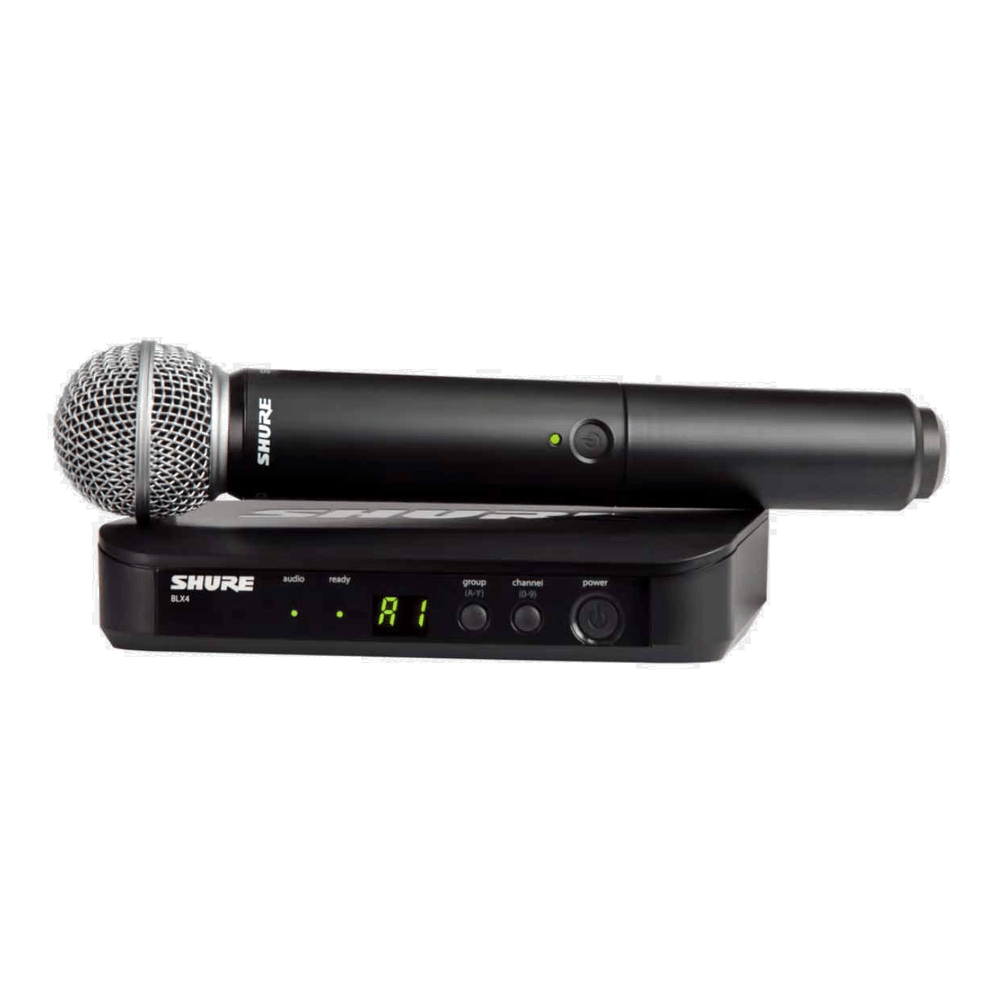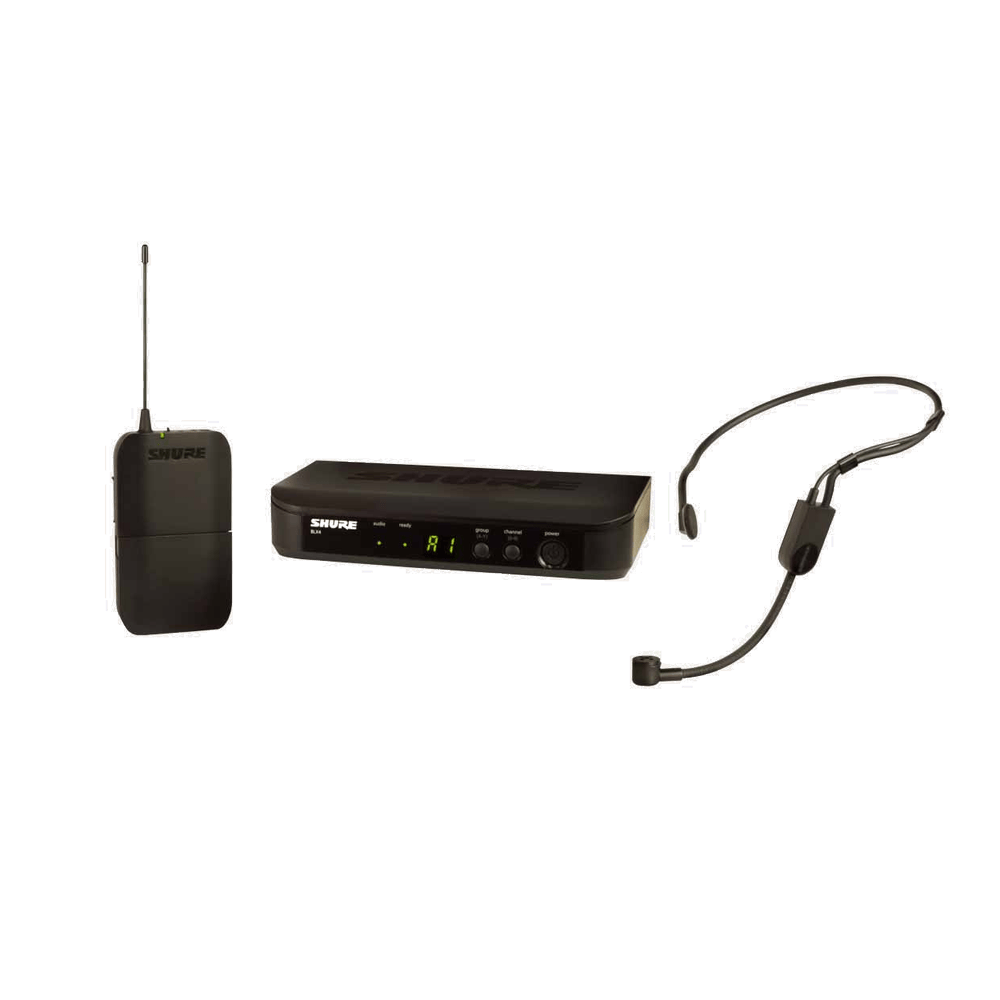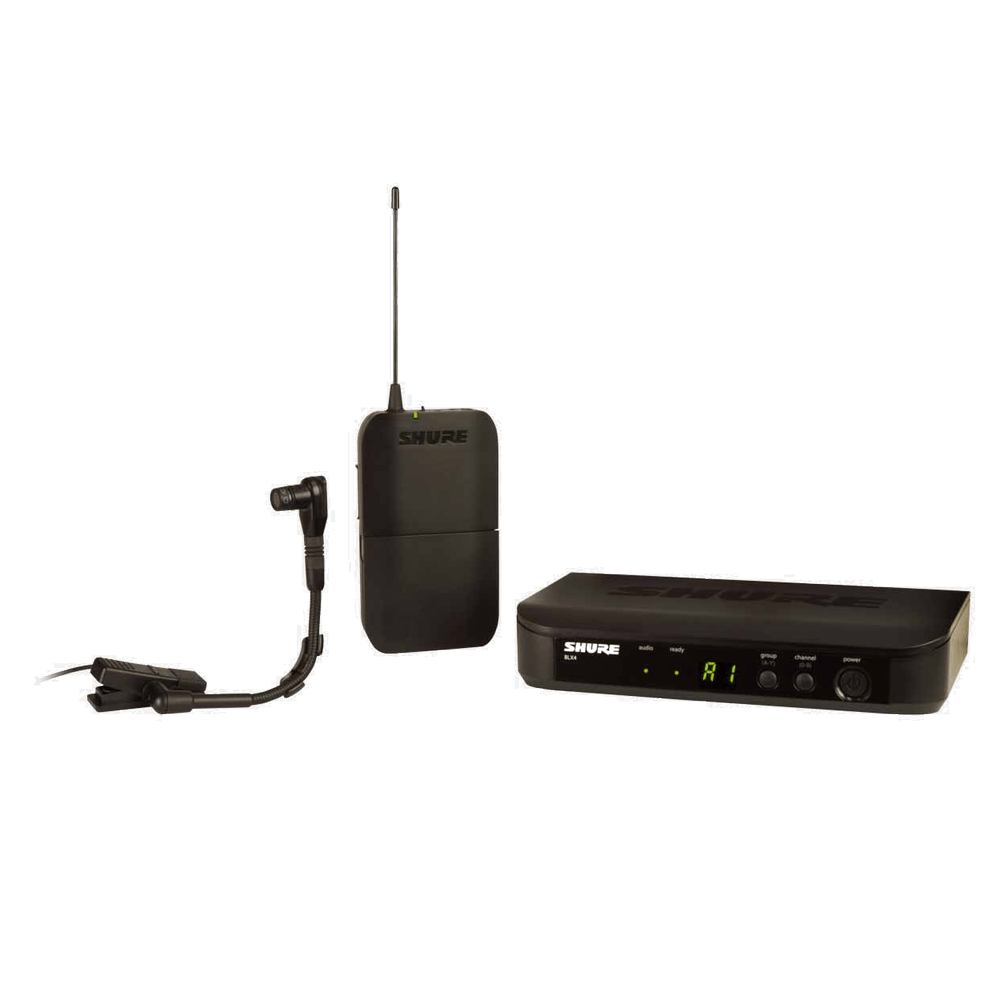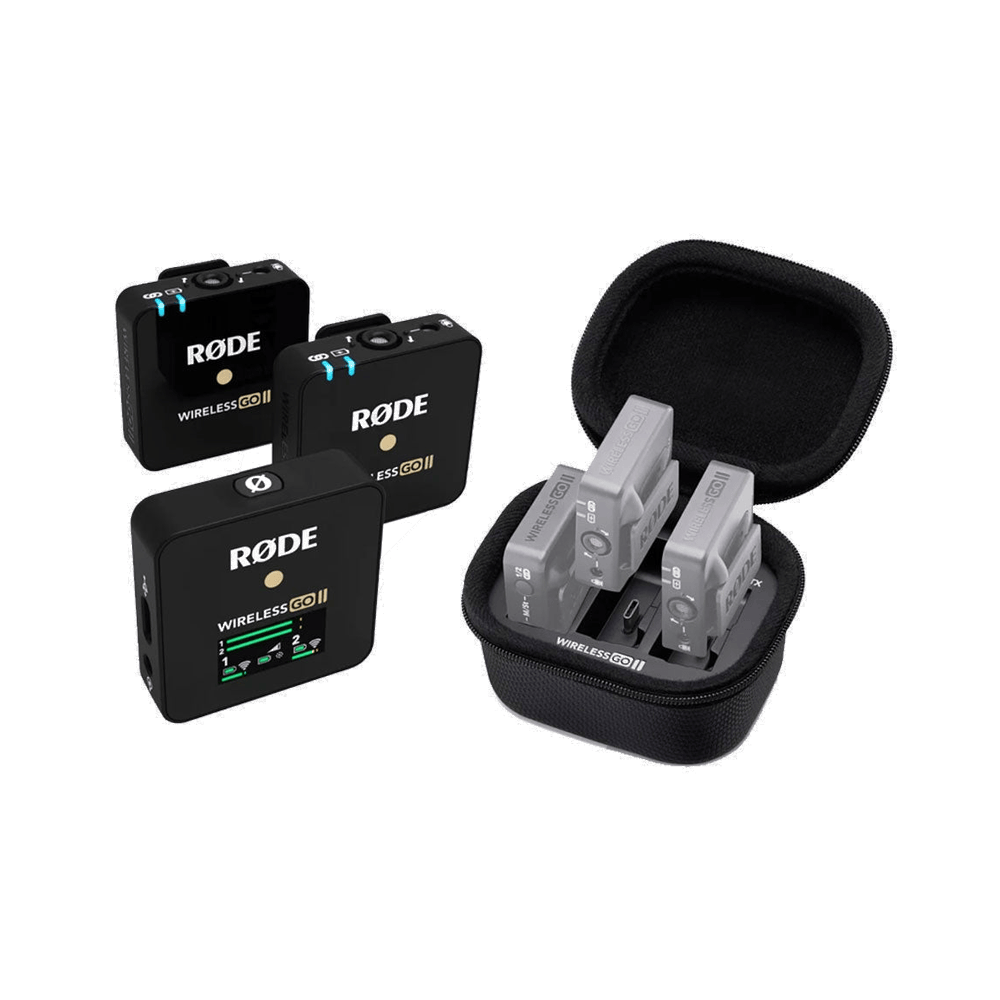Filters
Filter by tag
Sort by Featured
-
Rode Wireless Me -
Rode Wireless GO III Black -
Rode Wireless Go III Orange -
Rode Wireless Go III Blue -
Rode Wireless Me Dual -
Rode Wireless Go III Green -
Rode Wireless Go III Purple -
Rode Wireless Go III White -
Rode Wireless Go III Pink -
Rode Wireless Go III Red -
Rode VideoMicro II -
Rode Wireless Go III Rose -
Rode Wireless Go III Clay -
Rode Wireless Go III Cobalt -
Rode Wireless Go III Lilac -
Rode Wireless Go III Moss -
Rode Wireless Go III Stone -
Shure BLX24-SM58 draadloze handheld microfoon -
Shure BLX14E-P31 draadloos headset systeem -
Shure BLX24 - Beta 58a draadloze handheld microfoon -
Shure BLX14E - Beta 98-K14 draadloze instrumentmicrofoon set -
Rode Wireless Bundle
Buy wireless microphone?When you want to buy a Wireless microphone, there are a number of things you need to know. Wireless microphones are nothing but that makes the title suspect. They're microphones that work without cable. As a singer or instrumentalist, you have the opportunity to move freely on stage. The microphones are actually almost the same as the cable microphone. We're talking about the standard capacitor and dynamic microphones. In addition to the differences in microphones, there is, of course, also a difference in the receivers. We'd like to help you with professional advice if you want to know more.Read more... |
 |
Differences in microphones
The differences in this category are obviously in singingand instrumentThe song variant is often "handheld". So you can keep this in your hand. At these microphones, the transmitter is built into the microphone's housing. This is why they are often somewhat larger and thicker than the cable version. For instruments, the microphones actually always have a “belt pack”. This implies that there's a locker with wire on the microphone that you can put on your belt or pants. The reason they did this is to have as little weight as possible on your instrument. For example, if you hang a microphone and receiver on your cup at a trumpet. Get that much too heavy to keep straight while playing.
What do you have to watch for when you buy a wireless microphone?
First, you need to look at the large of the stages or exercise room you are capable of. And then in particular to the amount of the wireless systems used in space. If there is one or two, it is not very important to take this into account. We'll look at four or more. Then you should start looking at other things than just “what microphone do I want?”
It is then about things like bandwidths and the spectrum the signal is in. This is different by brand. So, by brand, too, how many types of wireless systems you can run. Usually this starts about with a max of 4 sets. The next step will be around and near the 12 systems. And from there, we're going to plus minus 32 systems. And so on. Within private sales, we see little that systems are still being sold up there.
 |
 |
 |
The benefits of a wireless microphone.
One of the advantages is, as mentioned above, the freedom of movement it gives. You don't have to take into account the length of the cable or any stumbling hazard. And every musician has seen it once. Drinking a glass in the practice room or on a stage. You don't pay attention and your cable pulls him. Furthermore, it has many advantages for the sound man, of course. Not every time 600 meters of cable roll in and out before and after a performance. Besides, this should be neat on stage, of course. So wireless gives rest in the look on stage.
The disadvantages of wireless systems
The disadvantages include knowing what you're doing. You're dealing with frequencies and bandwidths. As long as the factory's in a good place, nothing's going on. From the moment this isn't the case, and you have to start solving problems. Then you should know what you're doing. It was also said that sound quality was less. Today, many musicians and sound engineers no longer dare to say this. The microphones are often identical to the gene with cable. The signal is only transported in a different way.
Common terms.
Ontvanger: The English translation of recipient. This is in this context the locker that the sound of the wireless microphone comes in on.
XLR Cable: the cable that goes from the receiving cabinet to the mixing console.
Dynamic and capacitor: These are two different type of microphones. Both can be delivered wirelessly.

